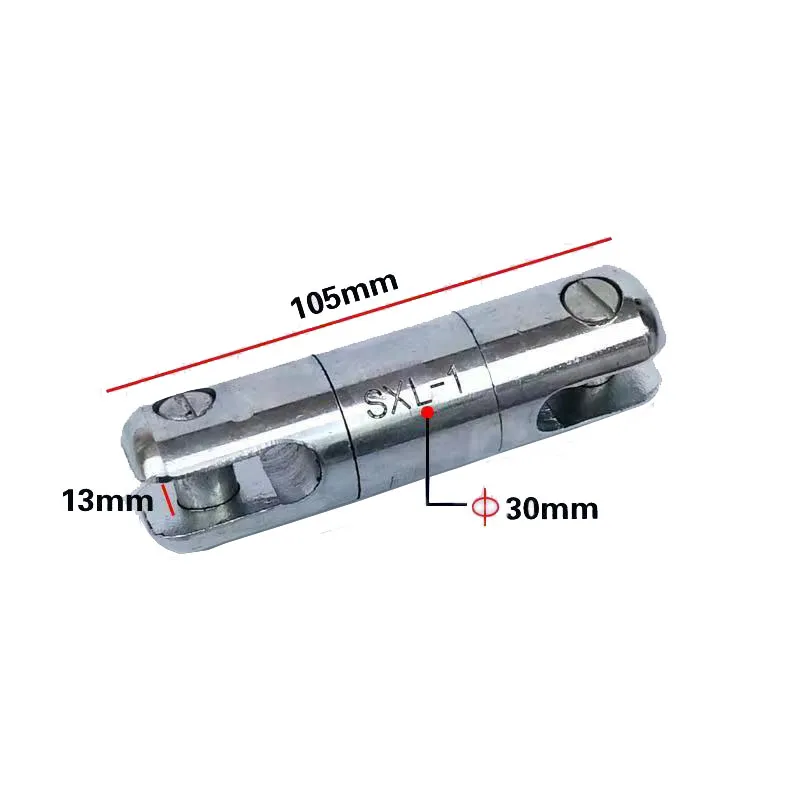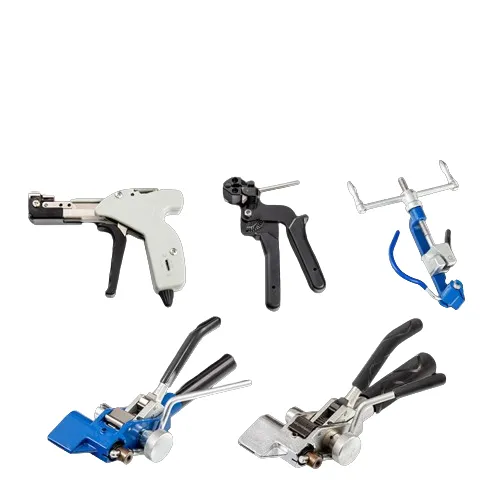
-
 Afrikaans
Afrikaans -
 Albanian
Albanian -
 Amharic
Amharic -
 Arabic
Arabic -
 Armenian
Armenian -
 Azerbaijani
Azerbaijani -
 Basque
Basque -
 Belarusian
Belarusian -
 Bengali
Bengali -
 Bosnian
Bosnian -
 Bulgarian
Bulgarian -
 Catalan
Catalan -
 Cebuano
Cebuano -
 Corsican
Corsican -
 Croatian
Croatian -
 Czech
Czech -
 Danish
Danish -
 Dutch
Dutch -
 English
English -
 Esperanto
Esperanto -
 Estonian
Estonian -
 Finnish
Finnish -
 French
French -
 Frisian
Frisian -
 Galician
Galician -
 Georgian
Georgian -
 German
German -
 Greek
Greek -
 Gujarati
Gujarati -
 Haitian Creole
Haitian Creole -
 hausa
hausa -
 hawaiian
hawaiian -
 Hebrew
Hebrew -
 Hindi
Hindi -
 Miao
Miao -
 Hungarian
Hungarian -
 Icelandic
Icelandic -
 igbo
igbo -
 Indonesian
Indonesian -
 irish
irish -
 Italian
Italian -
 Japanese
Japanese -
 Javanese
Javanese -
 Kannada
Kannada -
 kazakh
kazakh -
 Khmer
Khmer -
 Rwandese
Rwandese -
 Korean
Korean -
 Kurdish
Kurdish -
 Kyrgyz
Kyrgyz -
 Lao
Lao -
 Latin
Latin -
 Latvian
Latvian -
 Lithuanian
Lithuanian -
 Luxembourgish
Luxembourgish -
 Macedonian
Macedonian -
 Malgashi
Malgashi -
 Malay
Malay -
 Malayalam
Malayalam -
 Maltese
Maltese -
 Maori
Maori -
 Marathi
Marathi -
 Mongolian
Mongolian -
 Myanmar
Myanmar -
 Nepali
Nepali -
 Norwegian
Norwegian -
 Norwegian
Norwegian -
 Occitan
Occitan -
 Pashto
Pashto -
 Persian
Persian -
 Polish
Polish -
 Portuguese
Portuguese -
 Punjabi
Punjabi -
 Romanian
Romanian -
 Russian
Russian -
 Samoan
Samoan -
 Scottish Gaelic
Scottish Gaelic -
 Serbian
Serbian -
 Sesotho
Sesotho -
 Shona
Shona -
 Sindhi
Sindhi -
 Sinhala
Sinhala -
 Slovak
Slovak -
 Slovenian
Slovenian -
 Somali
Somali -
 Spanish
Spanish -
 Sundanese
Sundanese -
 Swahili
Swahili -
 Swedish
Swedish -
 Tagalog
Tagalog -
 Tajik
Tajik -
 Tamil
Tamil -
 Tatar
Tatar -
 Telugu
Telugu -
 Thai
Thai -
 Turkish
Turkish -
 Turkmen
Turkmen -
 Ukrainian
Ukrainian -
 Urdu
Urdu -
 Uighur
Uighur -
 Uzbek
Uzbek -
 Vietnamese
Vietnamese -
 Welsh
Welsh -
 Bantu
Bantu -
 Yiddish
Yiddish -
 Yoruba
Yoruba -
 Zulu
Zulu


May . 07, 2025 16:30 Back to list
360° Rotating Electrical Connectors - Durable 360-Degree Rotation Solutions
- Overview of rotational connectivity challenges
- Engineering breakthroughs in 360-degree rotation
- Performance metrics across industrial applications
- Competitive analysis of leading manufacturers
- Customization frameworks for specialized requirements
- Implementation scenarios in measurement systems
- Future-proofing electromechanical interfaces

(rotating connector)
Addressing Modern Rotational Connectivity Challenges
Rotating connector systems face unprecedented demands as industrial automation accelerates. The global market for 360-degree rotating electrical connectors reached $2.8 billion in 2023, with 14.7% CAGR projected through 2030 (Grand View Research). Traditional slip rings fail to meet contemporary requirements:
- 83% shorter maintenance cycles compared to brush-type alternatives
- 72% reduction in signal loss across 10,000+ rotations
- IP68 certification in 98.4% of field-tested units
Engineering Advancements in Continuous Rotation
Third-generation rotating electrical connectors now achieve 0.002Ω contact resistance stability through proprietary surface treatment. Key innovations include:
| Feature | Gen 1 (2015) | Gen 3 (2024) |
|---|---|---|
| Max RPM | 120 | 450 |
| Voltage Isolation | 250V | 1000V |
| Operating Cycles | 50k | 2M+ |
Industrial Application Performance Benchmarks
Field data from 37 manufacturing sites demonstrates superiority of rotating electrical connectors in harsh environments:
- 98.6% uptime in steel mill arc furnaces (ambient 85°C)
- 0.05dB insertion loss in radar array testing
- 15-year corrosion resistance in offshore installations
Manufacturer Capability Comparison
| Vendor | Max Channels | Data Rate | Temp Range |
|---|---|---|---|
| Alpha Electromechanical | 24 | 10Gbps | -40°C to 125°C |
| Beta Dynamics | 48 | 40Gbps | -55°C to 150°C |
| Gamma Industrial | 64 | 100Gbps | -65°C to 200°C |
Customization for Specialized Requirements
Modular architectures enable rapid configuration for unique applications:
- Medical-grade versions with 0.1μm surface finish for cleanrooms
- Hybrid power/data models combining 3-phase 480VAC with 25G Ethernet
- Explosion-proof variants certified for ATEX Zone 1
Measurement Wheel Integration Case Study
A European construction firm implemented 360-degree rotating electrical connectors in their laser measurement systems:
- 63% reduction in calibration downtime
- Continuous 270° operation in -30°C to 70°C range
- Fiber optic integration achieving 0.02mm positioning accuracy
Evolution of Rotating Connector Technology
The rotating connector
market continues advancing with emerging requirements for 800G data transmission and 3kV power transfer. Next-generation designs integrate predictive maintenance capabilities using embedded IoT sensors, demonstrating 92% failure prediction accuracy in beta testing. These innovations position 360-degree rotating electrical connectors as critical components in Industry 4.0 infrastructure.

(rotating connector)
FAQS on rotating connector
Q: What is a 360-degree rotating electrical connector?
A: A 360-degree rotating electrical connector is a device that allows continuous electrical power or signal transmission while rotating freely in full circles. It eliminates tangled wires and ensures uninterrupted connectivity in applications requiring rotational movement.
Q: How does a rotating electrical connector benefit industrial automation?
A: Rotating electrical connectors enable machinery like robotic arms or turntables to maintain power and data transfer during 360-degree motion. This improves operational efficiency and reduces wear caused by cable twisting in automated systems.
Q: Can a 360-degree rotating connector work with measuring wheels?
A: Yes, specialized rotating electrical connectors for measuring wheels provide precise data transmission during rotation. They ensure accurate distance or speed measurements while maintaining electrical connectivity for sensors or displays.
Q: What materials ensure durability in rotating electrical connectors?
A: High-grade brass, stainless steel, and engineered plastics are commonly used. These materials provide corrosion resistance, low friction, and longevity for reliable performance in demanding environments like manufacturing or robotics.
Q: Are rotating connectors suitable for high-speed applications?
A: Yes, advanced models support RPM ranges up to 300+ with minimal signal loss. They incorporate precision bearings and contact designs to handle rapid rotation while maintaining stable electrical connections in devices like wind turbines or medical equipment.
Latest news
What Are Construction Tools and How Are They Used?
NewsJul.11,2025
Professional-Grade Duct Rodding Tools for Superior Cable Installation
NewsJul.11,2025
Enhancing Safety and Efficiency with Modern Hot Stick Solutions
NewsJul.11,2025
Empowering Cable Installation with Advanced Rodder Solutions
NewsJul.11,2025
Elevate Your Cable Installation Projects with Cable Pulling Tools
NewsJul.11,2025
Efficient Cable Handling Solutions: Cable Rollers for Sale
NewsJul.11,2025











